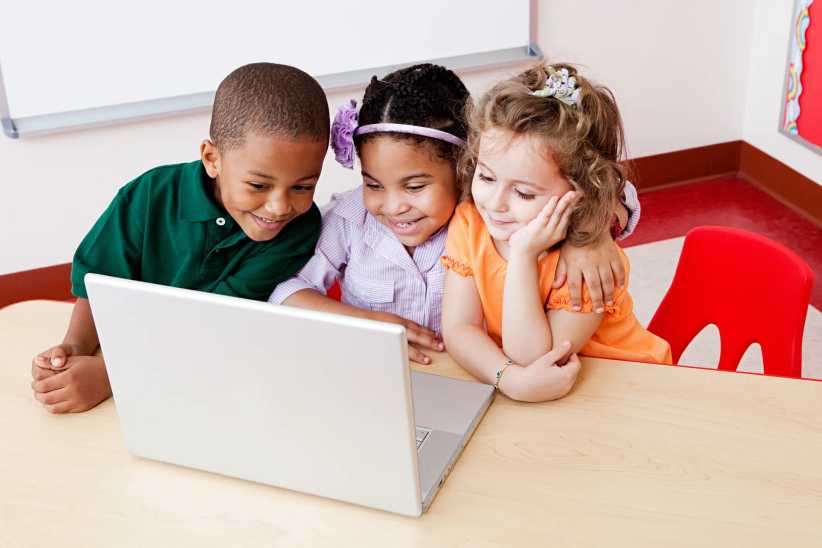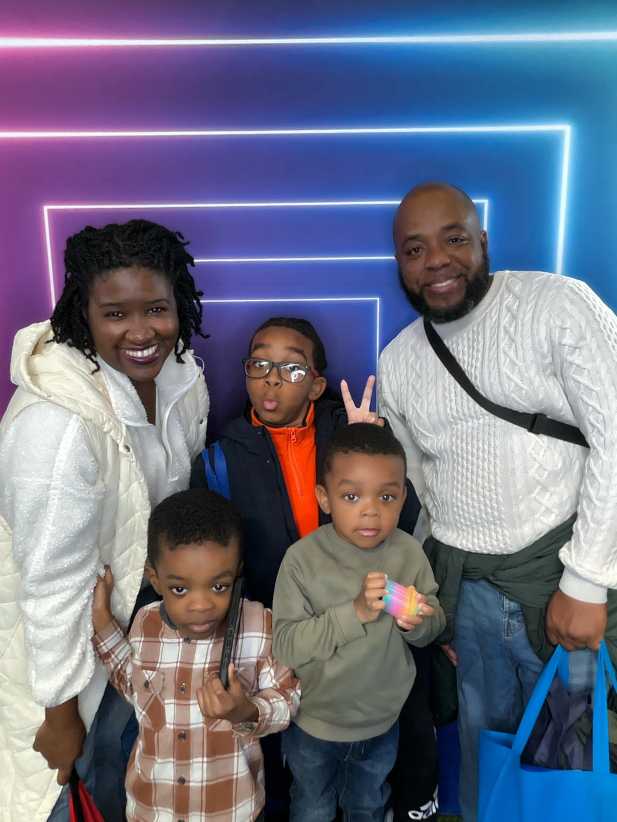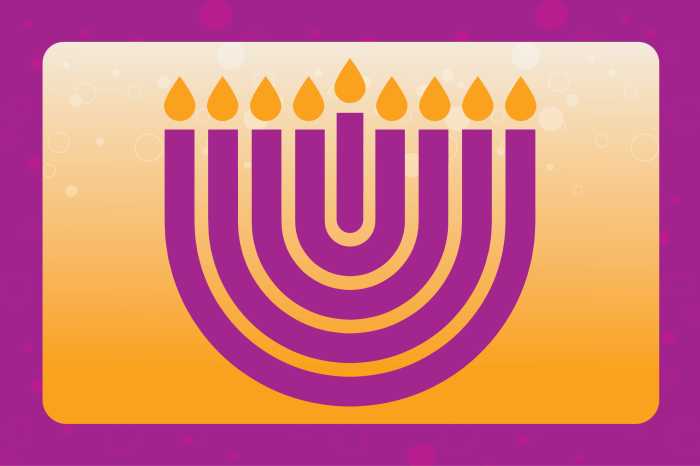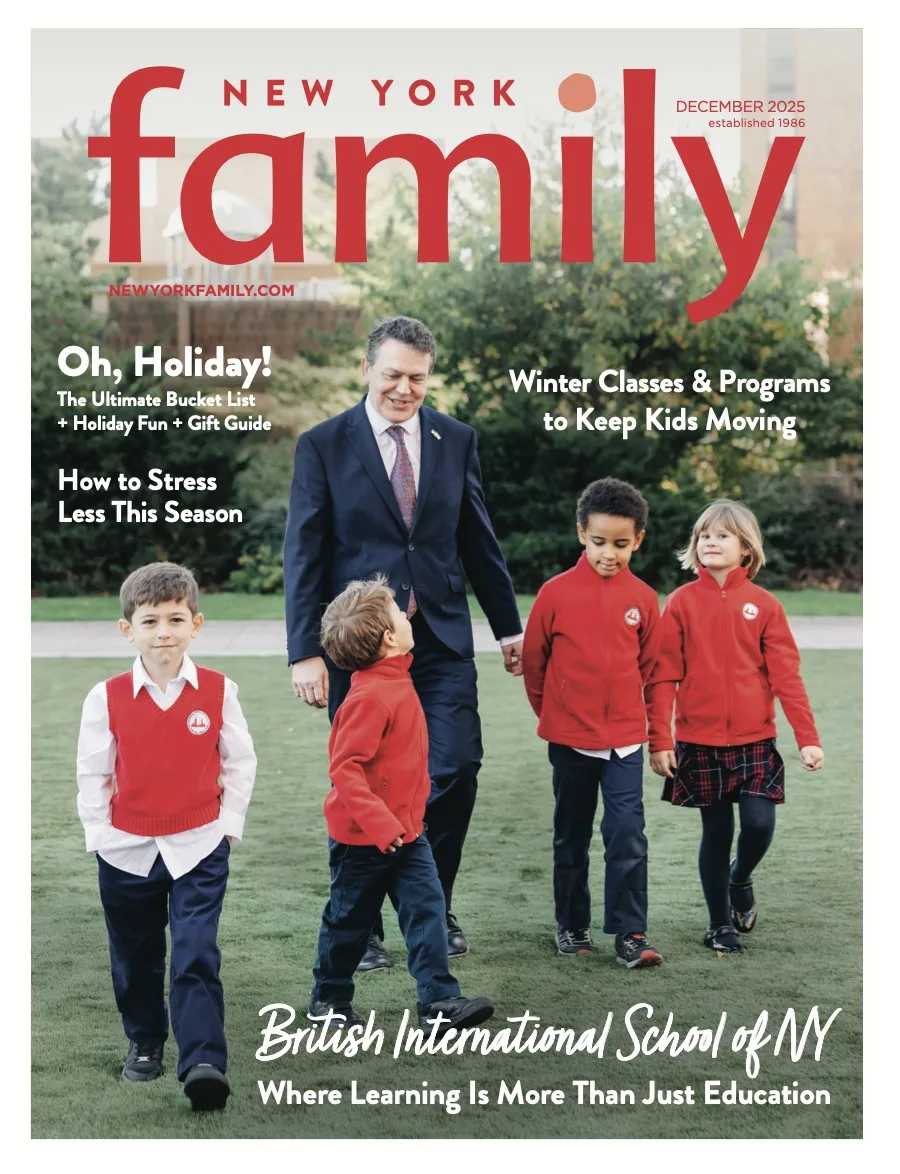
With summer winding down and fall in sight, the reality that your child will be starting preschool may be sinking in. Much of preschool involves play and loads of fun, but arming your child with early academic foundations—in an engaging and enjoyable manner—can help set her up for preschool success. Try some of the ideas below.
Sorting Objects
Sorting objects is an important skill that will be tackled in preschool, so prepare your child with some sorting activities that you can practice at home. Purchase a bag of multi-colored buttons, pom poms, or paper clips, and set out a six-cup muffin tray. Explain to your child that together you will practice putting all of the same color object into a single muffin cup. Make sure you model a few first. You should start by putting all the yellow buttons in one cup, blue ones in another, green in a third, and so forth. Then have her practice sorting on her own and praise her when she has successfully sorted all of the objects. Of course, as a bonus, this activity will reinforce color recognition, so you may want to review colors if need be before beginning this exercise.
Counting and Number Recognition
Counting and number recognition are also important early-learning skills. Strengthen these skills by integrating counting exercises into your everyday life. For instance, if you are at the supermarket, ask your child to count the number of apples or oranges as you put them into a plastic bag. When you remove items from your shopping cart and load them onto the checkout belt, have your child count each one to work on one-to-one correspondence. He can count the number of clothing items you put in the washing machine, papers you need to complete for work, keys you have on your key ring, and so on. To add some number recognition practice, try playing a “game” where you label individual cups 1-10, with one number on each cup. Ask him to go around your house and find one item to put in the “1” cup, two items to put in the “2” cup, and so on. The more fun and engaging you can make these activities, the better!
[gravityform id=”18″ title=”false” description=”false” ajax=”true”]
Letter Recognition
While your child will likely learn more about letters once the school year begins, you can give her a prelude with some fun letter recognition games. Purchase a bag of plastic or foam letters and put them in a bowl. Write out the alphabet on a sheet of construction paper, then point to a letter and ask your child to “scoop up” that letter using a ladle or spoon. You can also try using chocolates for another fun letter game. To play this game, write two sets of single letters on small white stickers (two A’s, two B’s, etc), then attach them to the bottom of Hershey Kisses or other chocolates. Together, you can play a game of Memory. First you flip over one chocolate and identify the letter, then flip over another chocolate and try to find the letter match. Your child goes next, then you, and so on. The first player to find the most letter matches wins!
Problem-solving
Problem-solving is a skill that will continue to play a role throughout your child’s academic career, so it’s helpful to start building this skill at a young age with some fun activities. Try playing “Guess the Item” with your child, where you give her a set of clues and she needs to try to identify the object. For instance, you might say, “I’m thinking of something that’s furry and has four legs and a tail,” and ask her to guess the object (dog) or “I’m thinking of something that’s long and thin, has an eraser at the top, and as a point at the end” and ask her to guess the object (pencil). If she struggles to guess the object, give her clues: For example, “you can write with it or sharpen it” for a pencil, or “it often wags its tail or drinks water out of a bowl” for dog.
Following Directions
Your child will need to follow a lot of directions once he starts preschool so try some exercises at home to improve this skill. You can play the traditional “Red Light, Green Light” game with your child, but with an added twist. Like the classic game, green means go and red means stop, but try throwing in some additional colors for added following directions practice. For instance, you may tell him that blue means bark like a dog, white means scratch his head, and pink means hop on one leg. Throwing in some of these other colors as directives will teach him to listen carefully and follow the directions appropriately. Simon Says is another fun game you can play to build this skill. Your child must listen to the “commands” and follow the directions accordingly.
With preschool around the corner, your child is about to endeavor on an exciting academic journey. Teach her some key skills before the school year begins to help make the transition to school smooth, engaging, and successful.
Dr. Emily Levy is the founder of EBL Coaching, a local tutoring program that specializes in one-on-one home and on-site instruction for students in grades pre-K-12. She is also the author of the workbook series Strategies for Study Success and Flags and Stars. To learn more about Emily Levy and EBL Coaching, visit eblcoaching.com!













